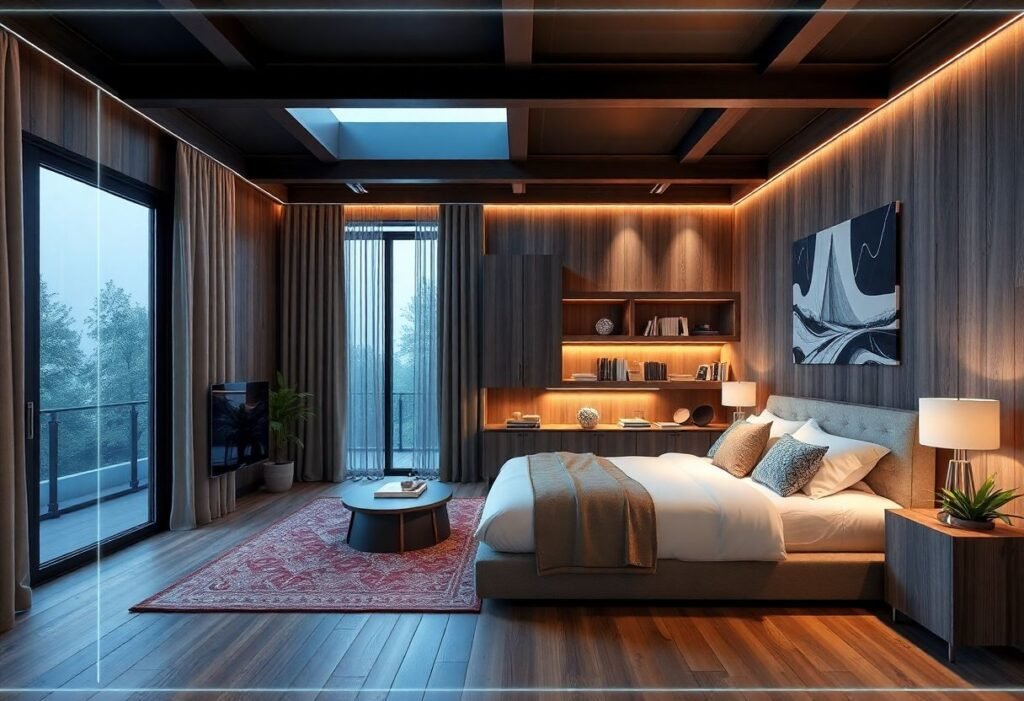The fusion of technology and design is giving rise to innovative approaches in home design, and augmented reality (AR) is leading the charge. By enhancing the way we visualize and interact with our living spaces, AR is not only transforming aesthetics but also improving functionality and usability in homes.
The Transformational Impact of Augmented Reality in Home Design
Augmented reality is more than a trend; it’s a revolutionary tool that allows designers and homeowners to merge their creativity with technological advancements. By superimposing digital information onto physical spaces, AR facilitates a unique experience that redefines interior design. Homeowners can visualize furniture placements, color schemes, and layout adjustments in real-time, significantly reducing the guesswork involved in home renovation. The integration of AR enhances **design accuracy**, leading to more satisfying results and fewer costly mistakes.
Enhancing Collaboration Among Designers and Clients
AR is becoming a vital tool in bridging the gap between designers and clients. By employing AR visualizations, designers can present their concepts in an interactive manner, allowing clients to engage more actively in the design process. This level of involvement is crucial for **customer satisfaction**, as it empowers homeowners to make informed decisions. Furthermore, AR enables design professionals to communicate their ideas more effectively, ensuring that the final product aligns with the client’s vision and preferences.
Streamlining the Home Renovation Process
The renovation process can often be time-consuming and fraught with uncertainty. AR technologies simplify this by offering virtual walkthroughs that allow homeowners to experience their redesigned spaces before any physical changes are made. This **pre-visualization** helps homeowners assess and adjust their ideas efficiently, leading to a more streamlined renovation experience. Additionally, AR tools can provide precise measurements, helping to avoid common pitfalls associated with miscalculations.
Incorporating Sustainable Practices in Design
As sustainability becomes a vital focus of modern home design, AR can aid in incorporating **eco-friendly practices** into projects. Designers can use AR models to analyze energy efficiency and material usage, facilitating better decision-making that aligns with sustainable objectives. This innovative approach ensures that homes are not only visually appealing but also contribute positively to the environment, ultimately influencing market demand for greener living solutions.
The Future of AR Applications in Interior Design
The Role of AR in Customization and Personalization
Customization is crucial in home design, and augmented reality offers unprecedented opportunities to personalize spaces. Homeowners can experiment with different styles, themes, and layouts, tailoring their homes to reflect individual preferences and lifestyles. AR enables everything from changing wall colors to placing functional elements within the space, thus enhancing the sense of ownership. Ultimately, this personalized **user experience** elevates the overall satisfaction and emotional connection to the living environment.
Disclaimer: The information provided in this article is intended for informational purposes only and should not be considered professional advice.





















